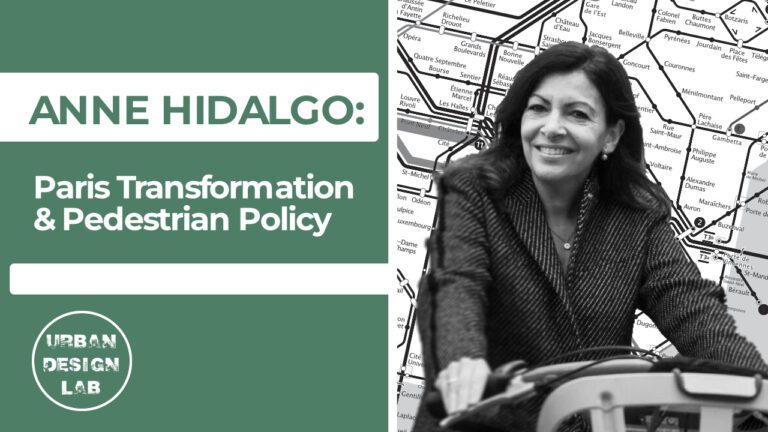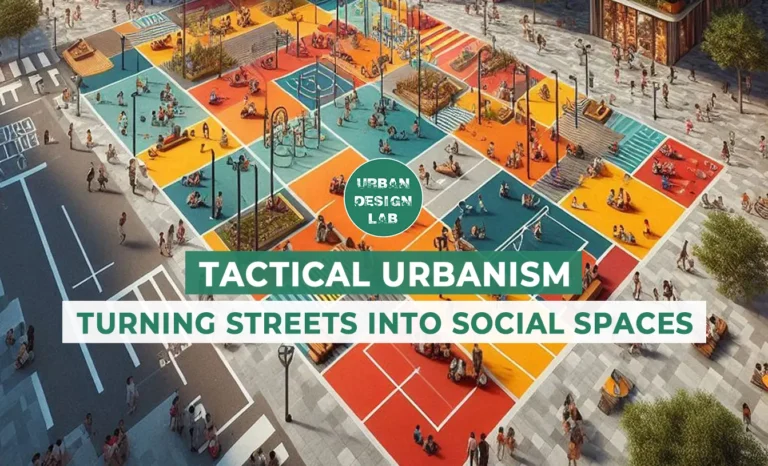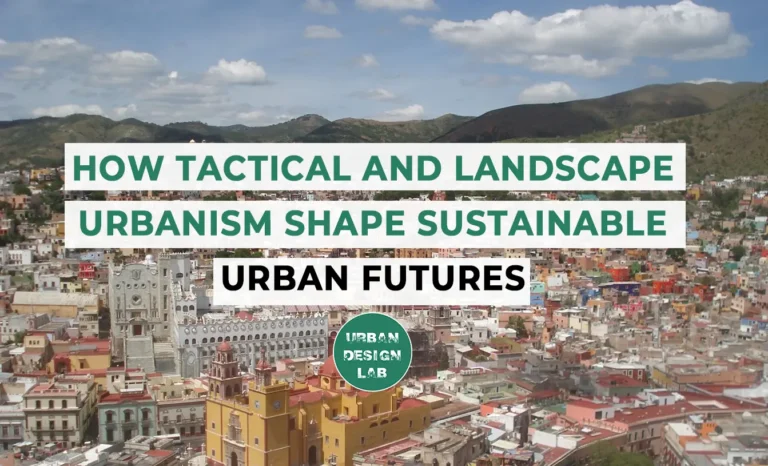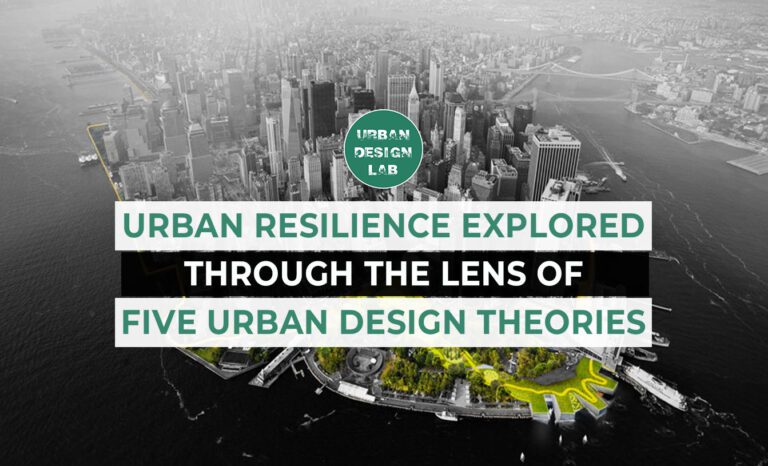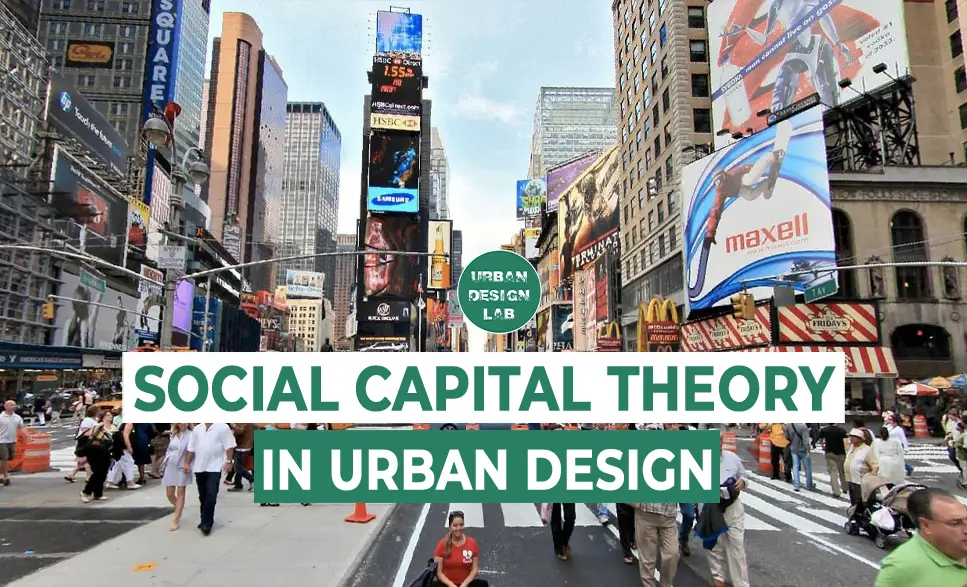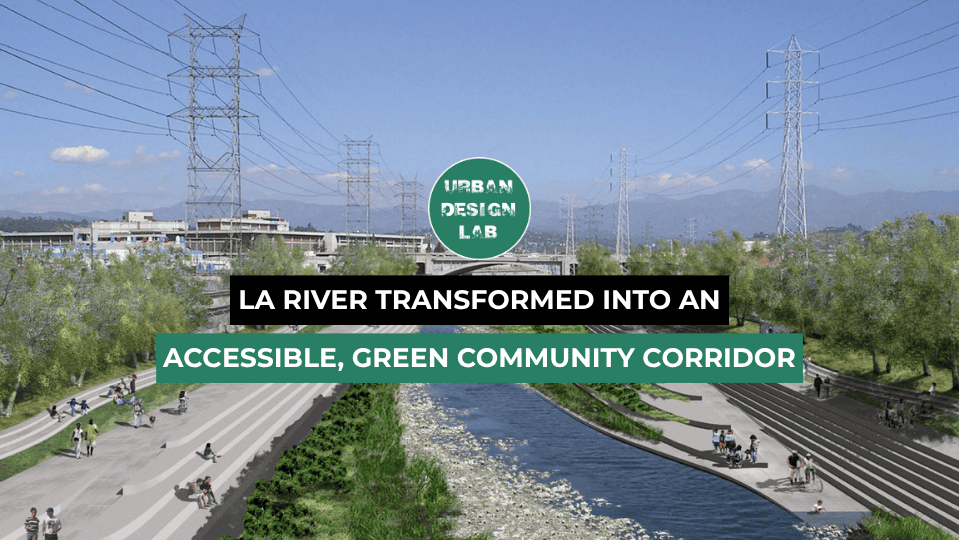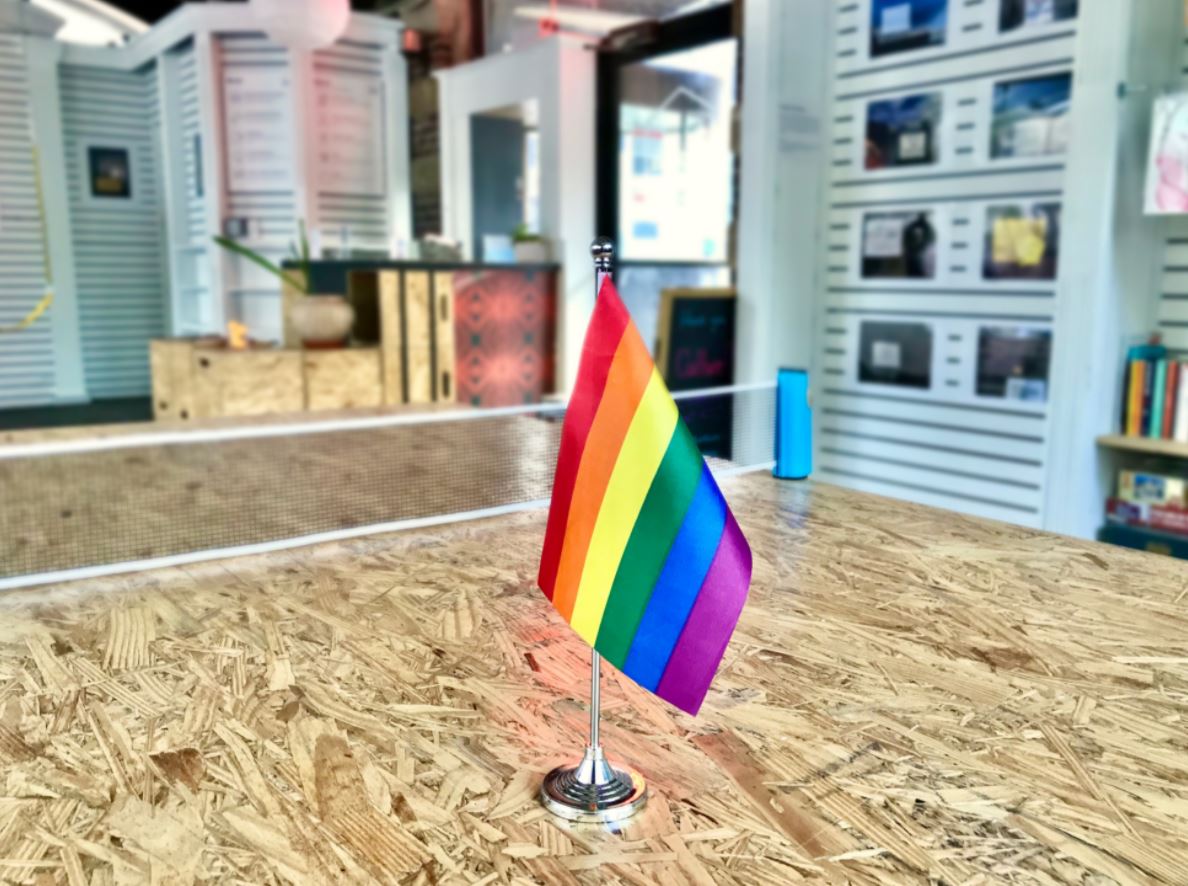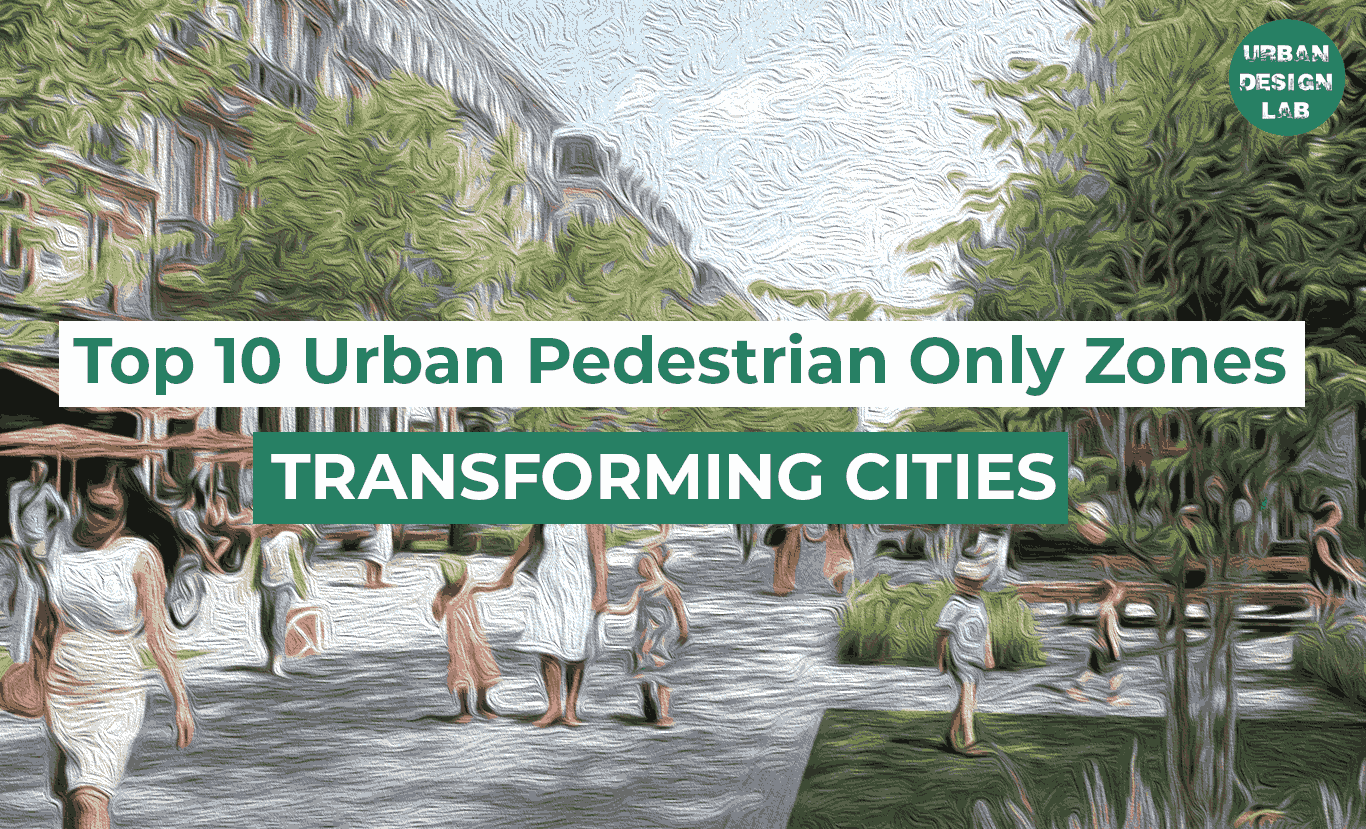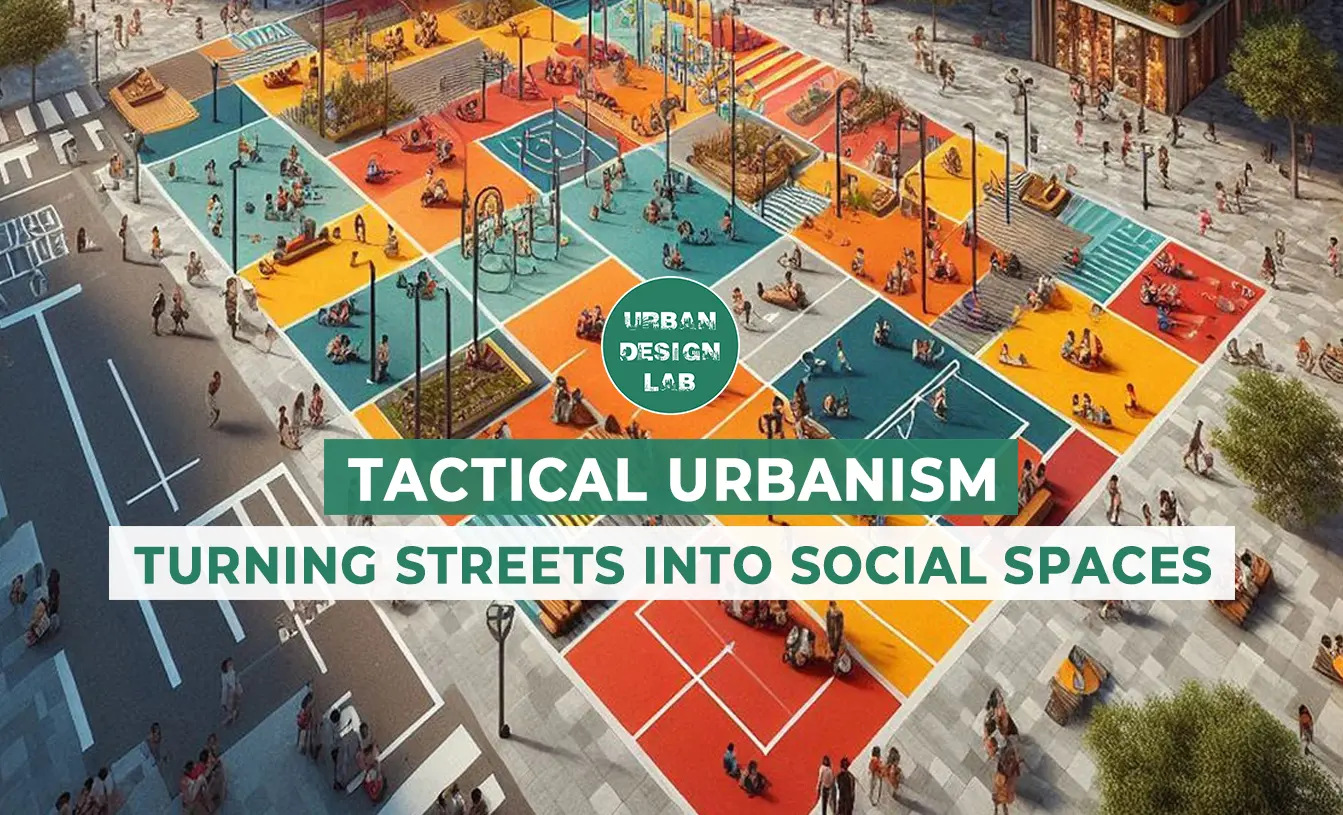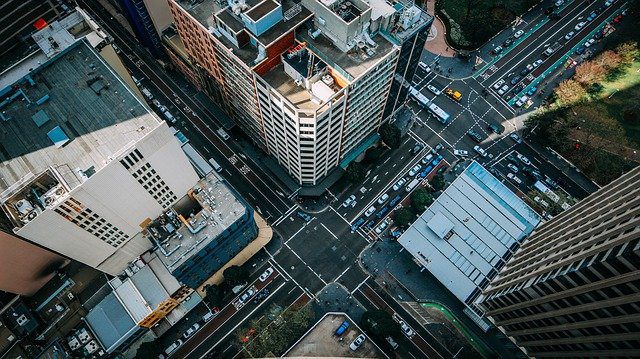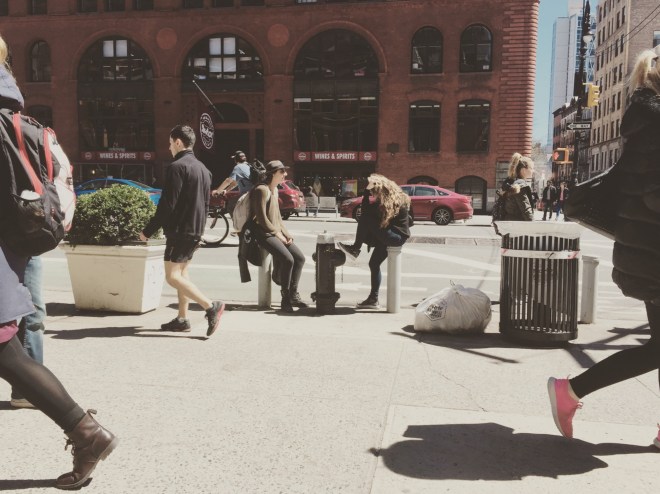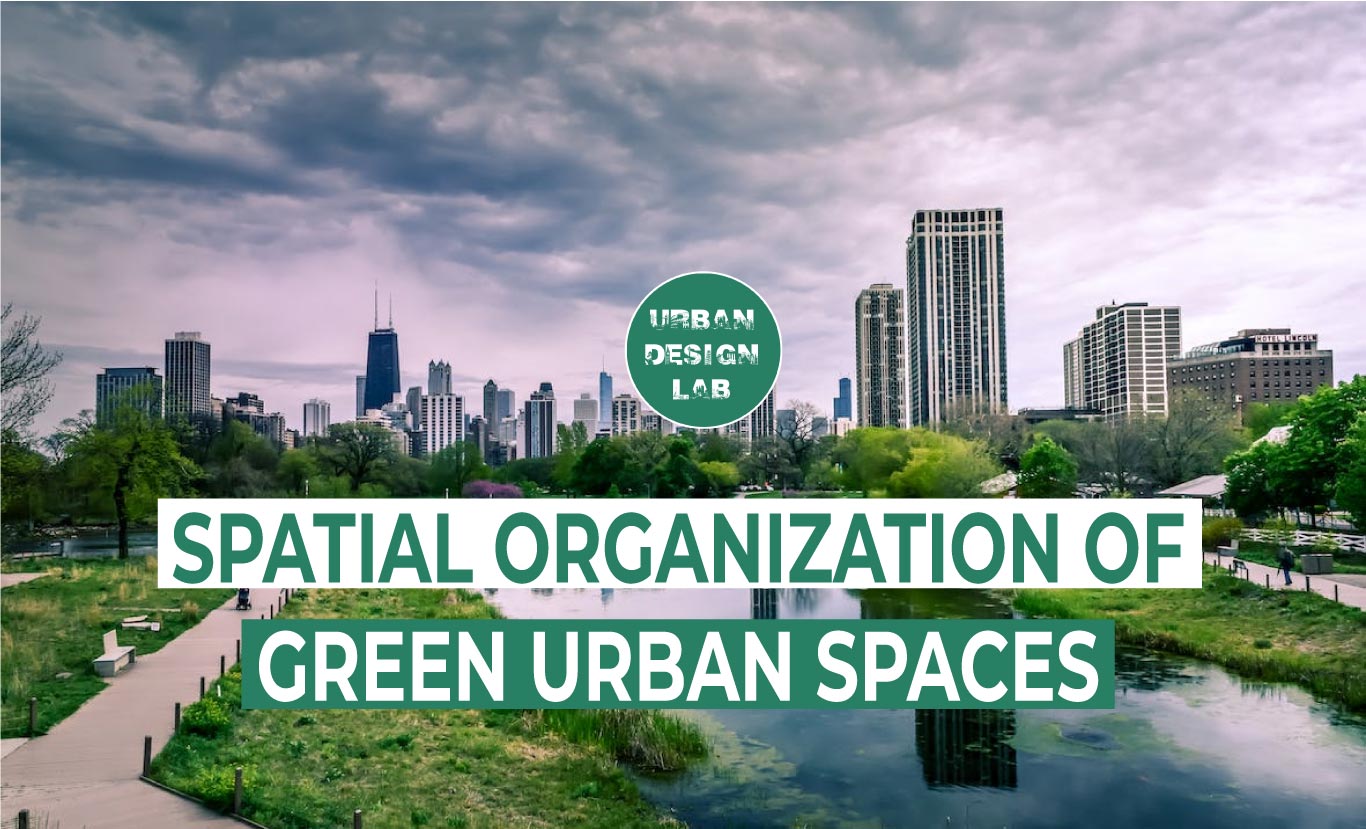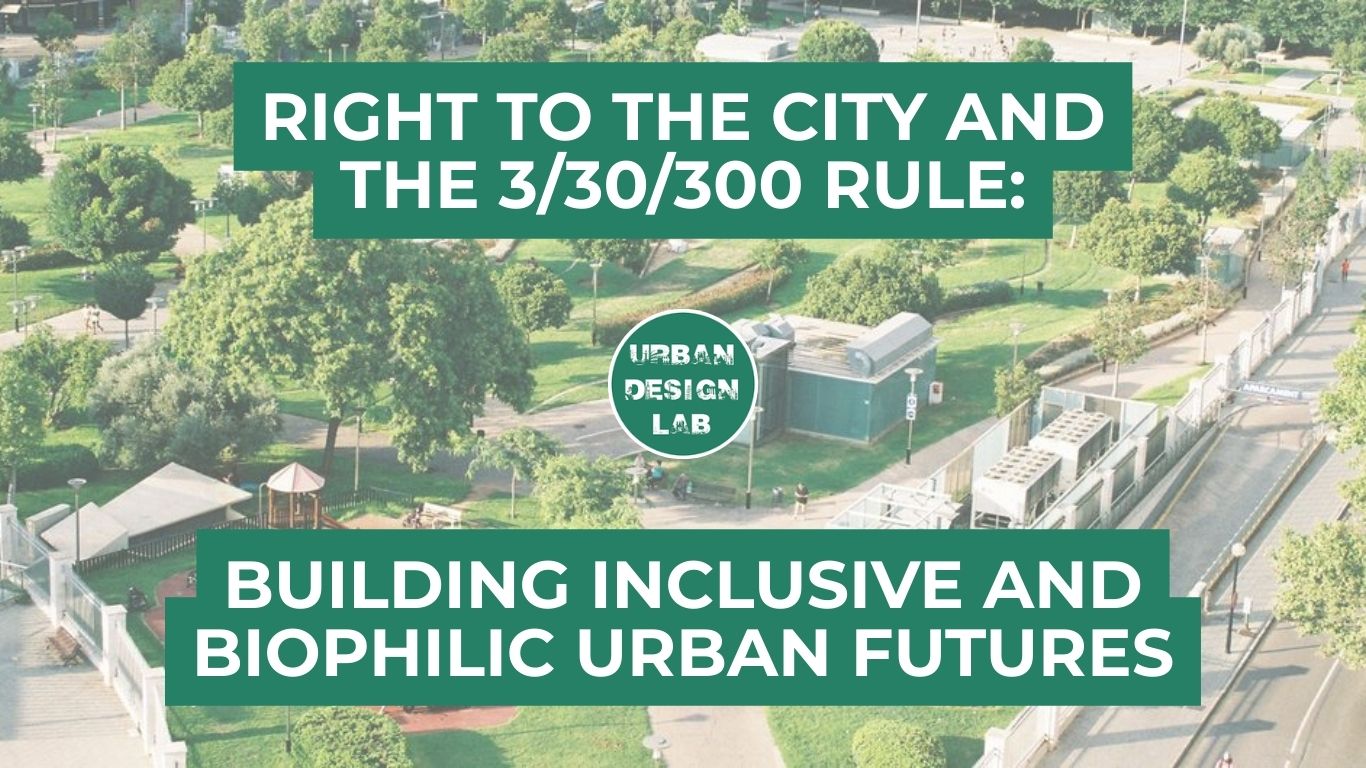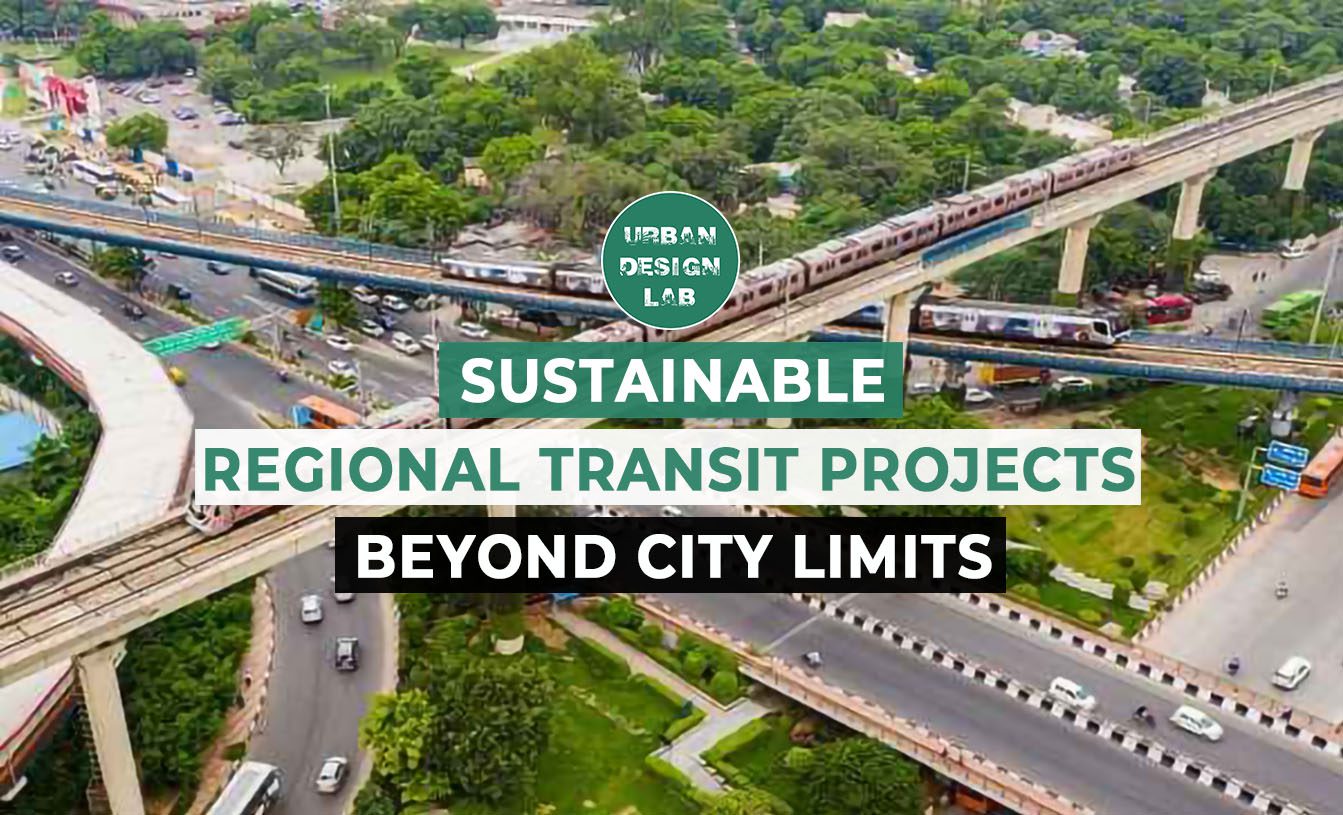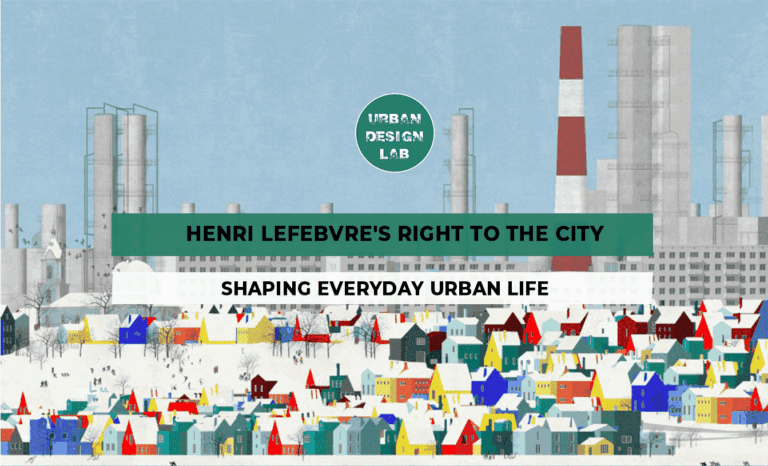
What Is an Urban Heat Island?
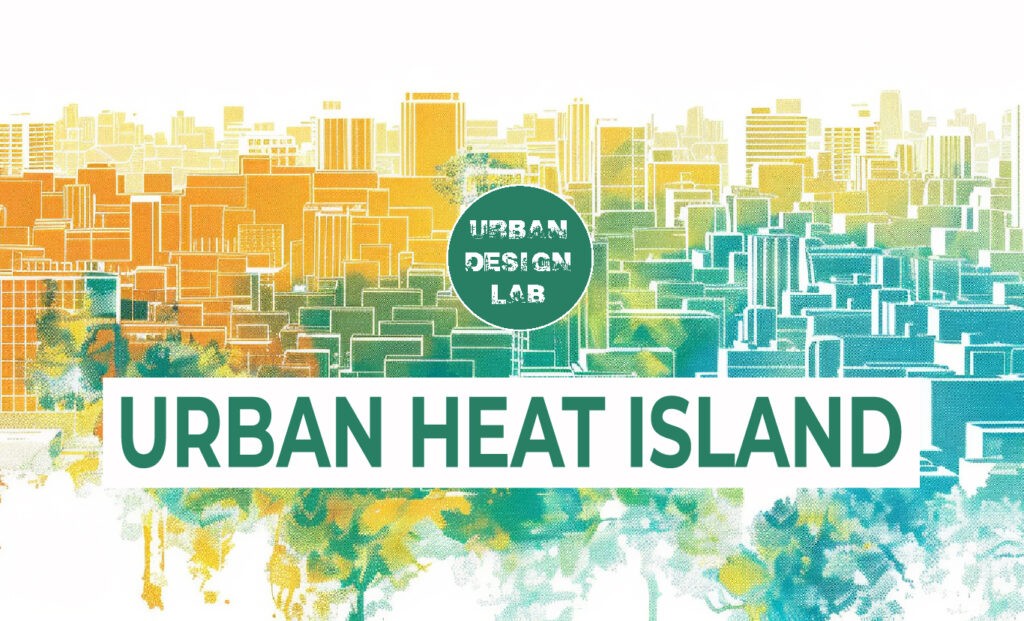
The Urban Heat Island (UHI) effect is a critical urban environmental issue, exacerbating the impacts of global warming and climate change on urban populations. It not only poses significant health risks, particularly to vulnerable communities, but also increases energy consumption due to higher cooling demands, contributing to greater carbon emissions. Moreover, the UHI effect influences local ecosystems, affecting biodiversity and altering natural processes. This article delves into various definitions of the UHI effect, elucidating its complex nature and the range of factors that contribute to its intensity.
Definition of Urban Heat Island (UHI)
The Urban Heat Island (UHI) effect is a climatic phenomenon observed in urban areas, where temperatures are significantly higher than in surrounding rural areas. This discrepancy in temperature is attributed to human activities and urban development, which alter land surfaces and environments. The term “Urban Heat Island” originates from the visual representation of temperature distribution maps, where urban areas are depicted as “islands” of higher temperatures amidst cooler rural “seas.” First identified in the early 19th century by Luke Howard, the UHI effect has grown in relevance and urgency with the accelerating pace of global urbanization and climate change. It matters profoundly in today’s world as it exacerbates the impacts of global warming in densely populated areas, affecting millions of lives by increasing heat stress, energy consumption, and air pollution levels.

Evolution of UHI Research
The research into the Urban Heat Island (UHI) effect has evolved significantly since its first documented observation by Luke Howard in the early 19th century. Howard’s pioneering work laid the foundation for understanding how urban development impacts local climates. In the decades that followed, the scientific community’s interest in UHI intensified, particularly with the advent of modern urbanization and the subsequent rise in global temperatures.
In the mid-20th century, studies began to employ increasingly sophisticated tools and methodologies, ranging from ground-based temperature measurements to aerial and satellite remote sensing technologies. These advancements provided a clearer, more detailed picture of the UHI phenomenon, enabling researchers to quantify the temperature discrepancies between urban and rural areas with greater accuracy. Notable studies from this period include Oke’s (1973) seminal work, which established the methodological framework for UHI studies, emphasizing the importance of spatial scale and the influence of urban morphology on temperature variations.
The advent of Geographic Information Systems (GIS) and more advanced remote sensing technologies in the late 20th and early 21st centuries further propelled UHI research. These tools allowed for more precise mapping of urban temperatures and facilitated the analysis of the relationship between urban form, land use, and the UHI effect. Contemporary research focuses not only on documenting and measuring UHI but also on understanding its implications for energy consumption, public health, and local ecosystems, as well as devising mitigation and adaptation strategies.
Theoretical Frameworks
The theoretical underpinnings of the UHI effect are rooted in several key concepts that explain why urban areas tend to be warmer than their rural counterparts. Three major factors—thermal inertia, albedo effects, and anthropogenic heat release—play critical roles in the development and intensity of UHI:
Thermal Inertia:
Urban materials, such as concrete and asphalt, have high thermal mass, allowing them to absorb and retain heat more efficiently than natural landscapes. This property leads to slower cooling rates in urban areas during the night, contributing to the elevated temperatures characteristic of the UHI effect.

Albedo Effects:
Albedo refers to the reflectivity of a surface, with higher albedo surfaces reflecting more solar radiation and absorbing less heat. Urban surfaces generally have lower albedo compared to natural landscapes, resulting in greater heat absorption and a consequent increase in temperature. Modifying surface albedo through the use of reflective materials in buildings and pavements is a key strategy for mitigating UHI.

Anthropogenic Heat Release:
Human activities, including transportation, industry, and the use of heating and cooling systems, generate significant amounts of heat in urban areas. This anthropogenic heat contributes directly to the warming observed in cities, exacerbating the UHI effect.
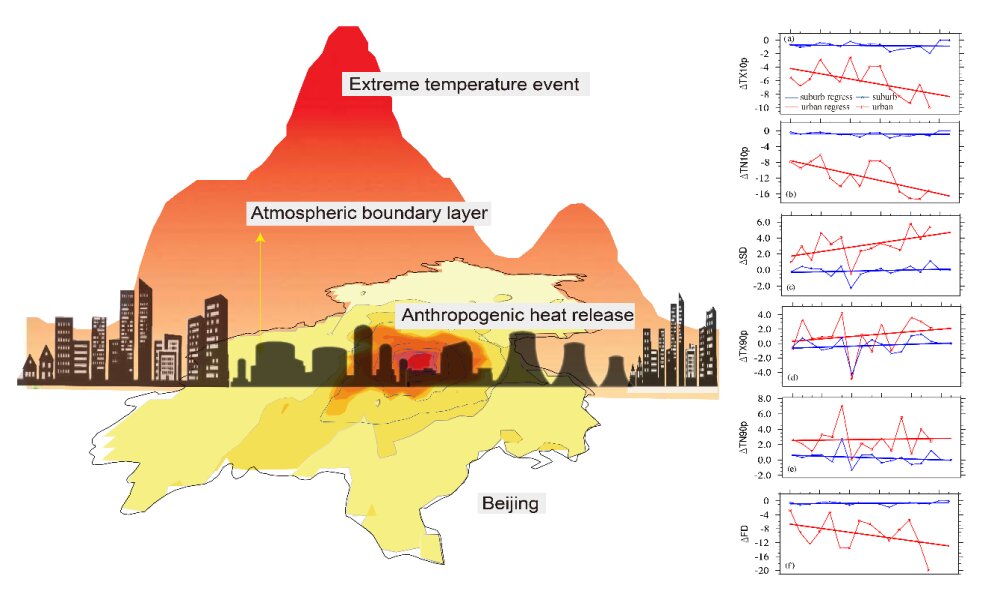
Causes of UHI
Material and Construction
The choice of materials in urban construction significantly contributes to the UHI effect. Urban surfaces, predominantly composed of concrete, asphalt, metal, and glass, are characterized by their high thermal mass and low albedo. These materials efficiently absorb and store solar radiation during the day and slowly release the heat at night, leading to elevated temperatures within urban areas. Unlike natural landscapes, where soil and vegetation absorb less heat and can cool down more rapidly through evapotranspiration, urban materials contribute to a prolonged period of warmth, exacerbating the UHI effect.
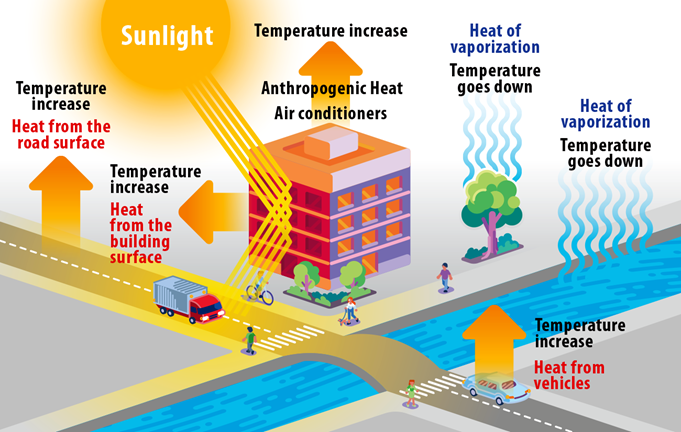
Lack of Vegetation
Vegetation plays a crucial role in regulating urban temperatures through shading and the process of evapotranspiration, where water is transferred from the soil and plants to the air, providing a natural cooling effect. The reduction or absence of vegetation in urban areas significantly diminishes these cooling benefits, leading to higher surface and air temperatures. Urban development often results in the replacement of green spaces with buildings and impervious surfaces, reducing the urban area’s overall albedo and its ability to cool naturally.
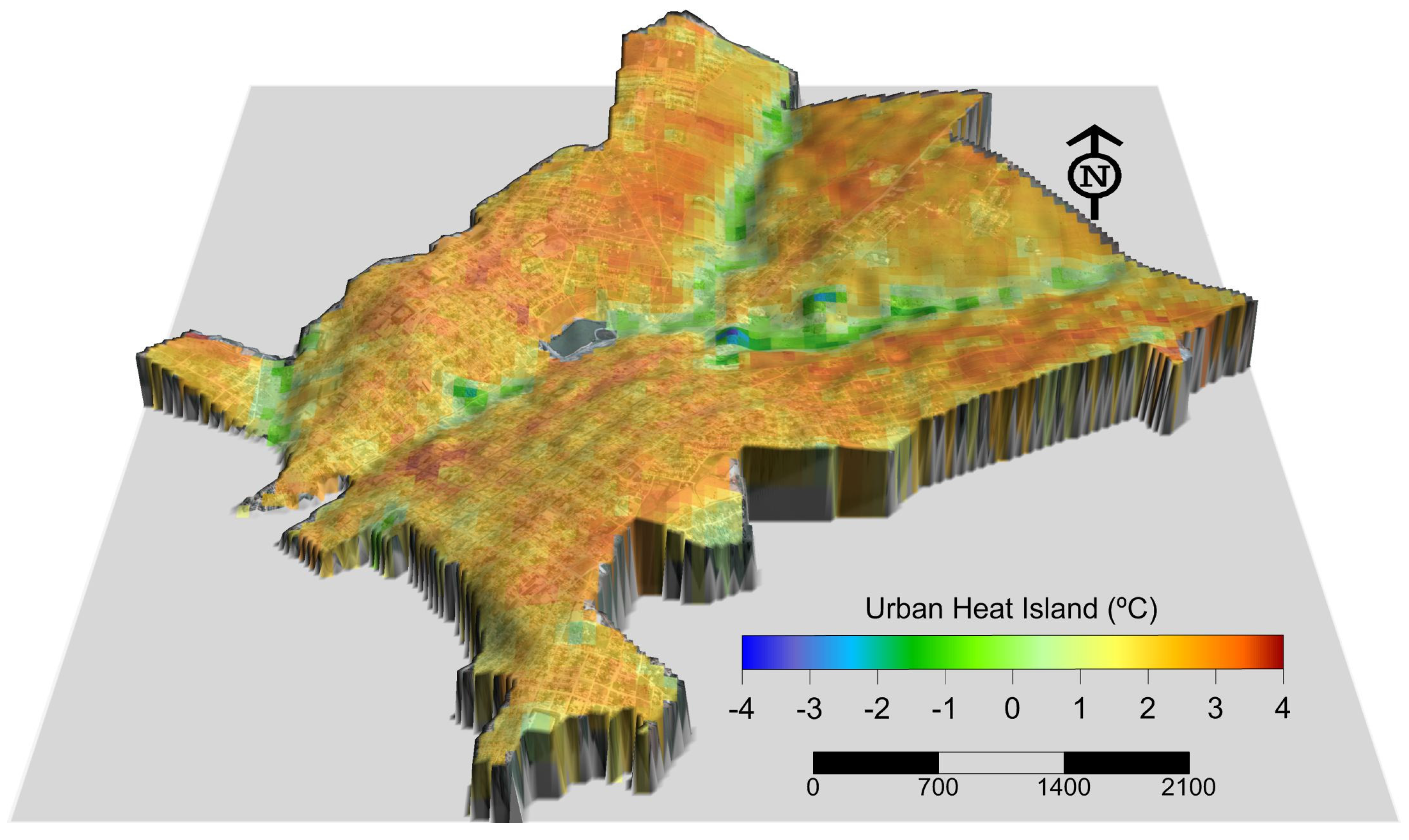
Anthropogenic Heat
Human activities within urban areas are a significant source of heat, contributing to the UHI effect. This anthropogenic heat is generated from a variety of sources, including vehicles, industrial processes, and the operation of heating, ventilation, and air conditioning (HVAC) systems. The combustion of fossil fuels for transportation and energy production releases heat directly into the urban environment, while electrical appliances and lighting within buildings further contribute to the heat generated.
Impacts of UHI
Health and Well-being
- Health and Well-being: Analysis of UHI’s impact on public health, including heat-related illnesses and mortality rates.
- Energy Consumption: Exploration of how UHI increases energy demands, particularly for cooling, and its implications for urban sustainability.
- Environmental Consequences: Discussion on the ecological impacts of UHI, including effects on local wildlife, air quality, and water bodies.
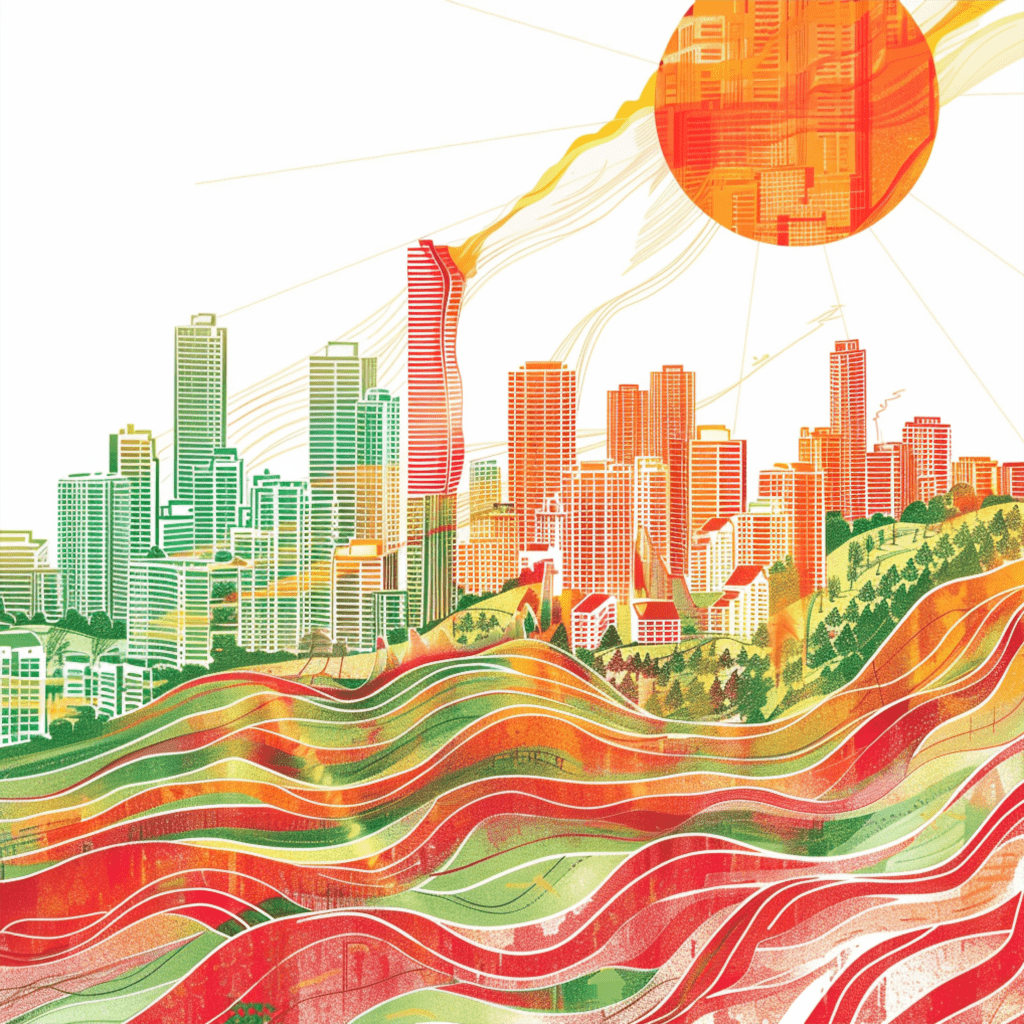
Mitigation Measures
- Green Infrastructure: Evaluation of green roofs, urban parks, and street trees in reducing UHI.
- Cool Roofs and Pavements: Analysis of reflective materials in mitigating heat absorption in urban areas.
- Urban Water Bodies: Discussion on the role of water features in urban cooling.
Enhanced Public Transportation:
Promoting public transportation and non-motorized mobility reduces vehicular heat emissions, helping mitigate UHI effects.Energy-Efficient Building Design: Incorporating insulation, passive cooling, and energy-efficient technologies in buildings reduces the need for air conditioning, lowering urban temperatures.
Strategic Urban Planning: Adopting policies for mixed-use developments and preserving green spaces helps cool urban areas and reduces the UHI effect
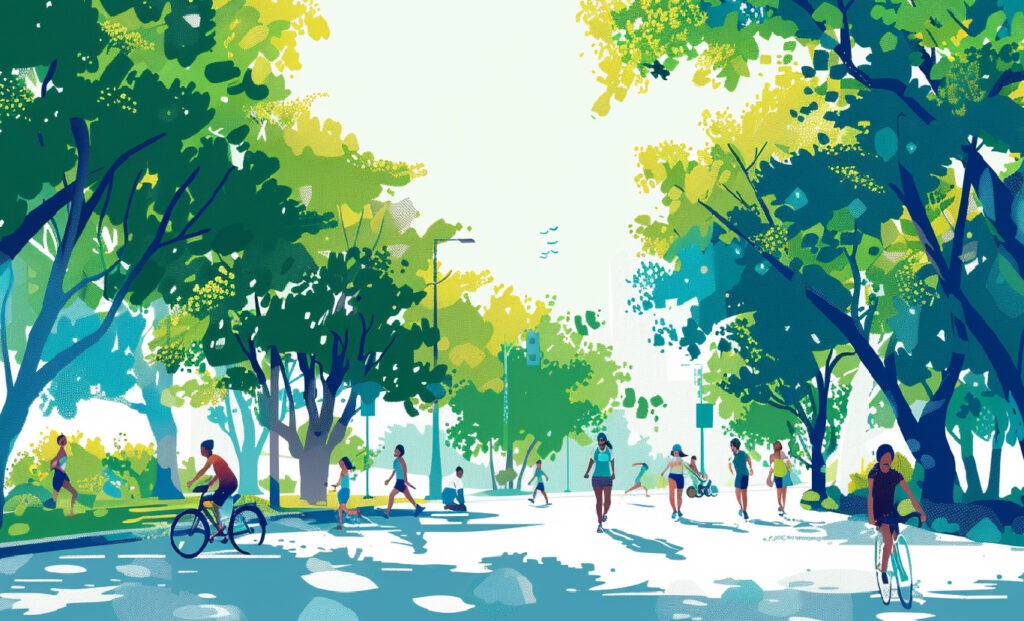
Case Study 1: New York City Green Infrastructure Plan
New York City’s Green Infrastructure Plan represents a pioneering approach to combating the Urban Heat Island (UHI) effect through the integration of green spaces across the urban landscape. Launched as a response to the pressing challenges of UHI and stormwater management, the plan emphasizes the importance of green roofs, rain gardens, and expanded tree canopies in absorbing rainwater, providing shade, and cooling the air. The initiative aims not only to enhance the city’s resilience to heatwaves and improve air quality but also to beautify neighborhoods and increase urban biodiversity. Through these efforts, New York City showcases the potential of green infrastructure to create more livable and cooler urban environments, setting a benchmark for cities worldwide grappling with UHI.
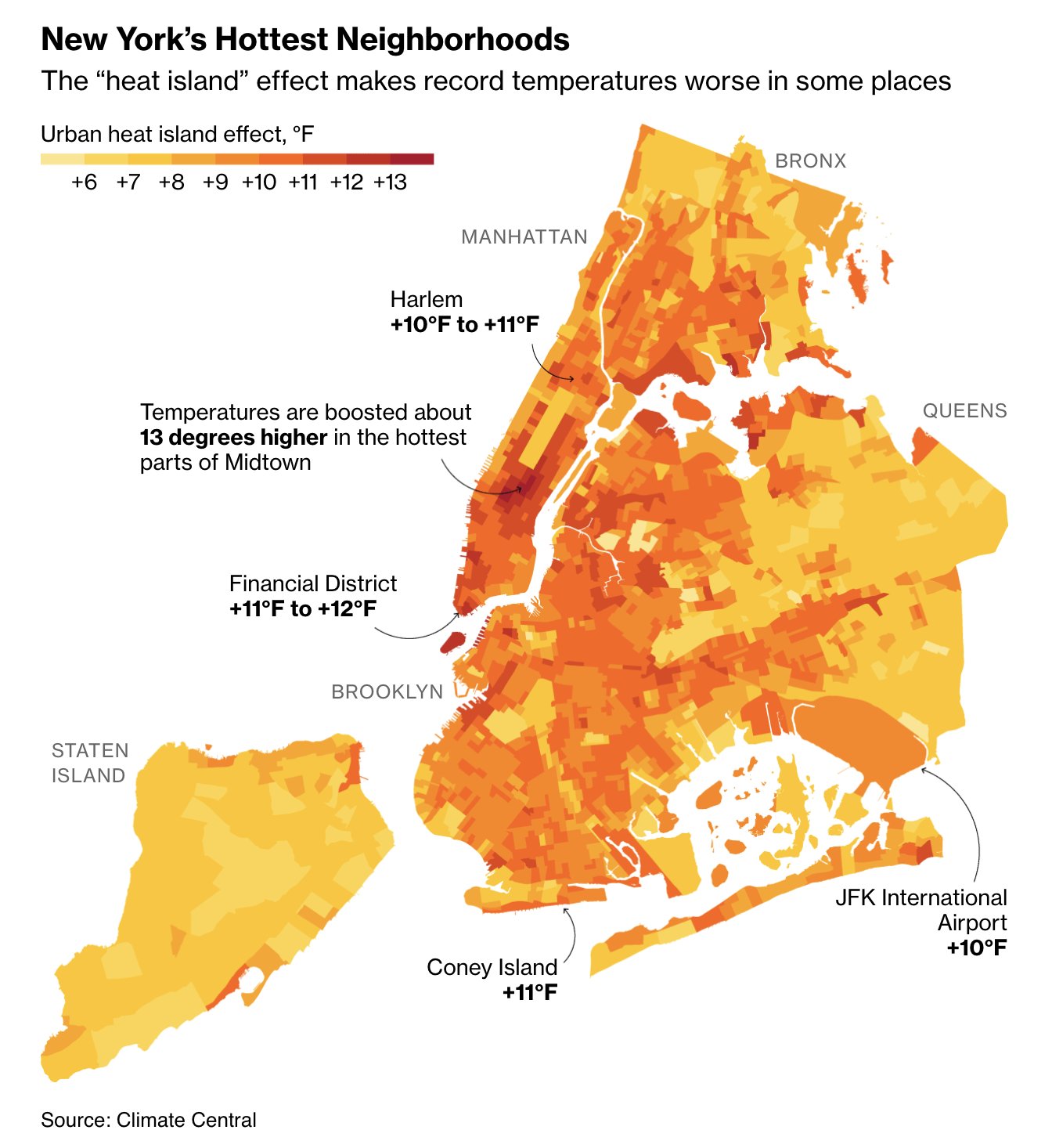
Case Study 2: Singapore Garden City Approach
Singapore’s designation as a “Garden City” underscores its commitment to embedding nature throughout the urban fabric as a holistic strategy to mitigate the UHI effect. This vision has led to the development of extensive green belts, parks, vertical gardens, and green buildings across the city-state. Singapore’s approach integrates biodiversity conservation with urban planning, creating a network of green spaces that facilitate natural cooling, enhance the urban microclimate, and improve residents’ quality of life. By prioritizing green cover and sustainable urban development, Singapore serves as a model for how cities in tropical regions can address the challenges of urban heat through comprehensive planning and innovation.

Case Study 3: Madrid SUHI Effect Mitigation through Urban Planning and High-Albedo Materials
Madrid’s approach to mitigating the Surface Urban Heat Island (SUHI) effect focuses on urban planning and the use of high-albedo materials to reflect more sunlight and absorb less heat. The city has implemented initiatives to replace traditional dark pavement with materials that have higher solar reflectance in public spaces, including sidewalks and plazas. These efforts are complemented by the expansion of green spaces and the incorporation of urban tree planting programs to provide shade and cool the air. Madrid’s strategy illustrates the effectiveness of combining urban planning with material science to reduce urban temperatures, demonstrating a practical pathway for cities facing similar climatic and urban challenges.

UDL Photoshop Masterclass
Decipher the secrets of Mapping and 3D Visualisation

Urban Design Lab
About the Author
This is the admin account of Urban Design Lab. This account publishes articles written by team members, contributions from guest writers, and other occasional submissions. Please feel free to contact us if you have any questions or comments.
Related articles
UDL Illustrator
Masterclass
Visualising Urban and Architecture Diagrams
Session Dates
17th-18th January 2026

Urban Design Lab
Be the part of our Network
Stay updated on workshops, design tools, and calls for collaboration
Curating the best graduate thesis project globally!

Free E-Book
From thesis to Portfolio
A Guide to Convert Academic Work into a Professional Portfolio”
Recent Posts
- Article Posted:
- Article Posted:
- Article Posted:
- Article Posted:
- Article Posted:
- Article Posted:
- Article Posted:
- Article Posted:
- Article Posted:
- Article Posted:
- Article Posted:
Sign up for our Newsletter
“Let’s explore the new avenues of Urban environment together “


